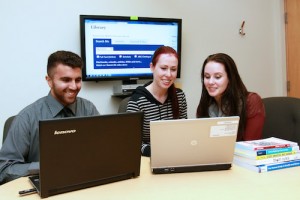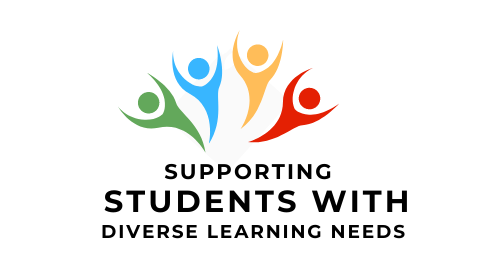 The question then becomes, if these students need things done somewhat differently from the norm, how can we get this done since our schools are set up for the average student?
The question then becomes, if these students need things done somewhat differently from the norm, how can we get this done since our schools are set up for the average student?
Two approaches can be used, and both approaches help to enhance the accessibility and inclusiveness of our programs and campuses.
Click on the accordions below to expand and learn more about the two approaches.
In Lesson 3 – Instructor Toolkit we will provide a deeper understanding of these concepts and how to apply them in the classroom.
Quick Tips for Interacting with Students with Disabilities
As a final note, we wanted to leave you with a few quick tips when interacting with students with a disability:
- Recognize that students with disabilities, even with the same disability, are not alike. Treat each student as an individual.
- Related to this, if you think that something may be helpful for a particular student with a disability, ask them directly, but respect their choice if this is not the case.
- Try to see the student’s perspective on the situation at hand, remembering that their experience of the world is different than yours (i.e. empathy – what must the situation be like in their shoes?)
- Recognize that you don’t need to have all the answers, that the student will likely have some, and that other campus resources such as the Disability Services Office may be able to help with ideas also. This is a collaborative effort.
Concluding Reflection Questions:
- Has this workshop made you think deeper about the way you currently teach in your classrooms?
- Will this experience influence the way you teach in the future?
- What more would you like to learn in the area of supporting students with disabilities?
Additional Resources:
Download/print this handout on Creating Accessible and Inclusive Campus Environments (PDF).
